Myositis in dogs: main causes, symptoms and treatment
Myositis in dogs is one of the canine diseases that most affects their quality of life. Not only because it can affect your ability to move and perform your usual daily activity. Also because it is a very painful pathology that limits them a lot. It is an inflammation of one or more muscles that can affect different parts of the body. Its origin can be multiple, and can be due to wounds and muscle breaks as well as overexertion. But also to the effects of age.
It mainly affects short-haired pets, such as various breeds of dog. It can occur at any age, although it appears more frequently in adult and older dogs. There are three types: eosinophilic, rheumatic and purulent.
Causes and symptoms of myositis in dogs
Myositis in dogs can be due to several reasons. Among them, a muscle tear or a hematoma, both the product of a blow or a fall and excessive physical activity or a jump from a high height. But it can also appear after bearing an excessive load without the animal being prepared for it.
Sometimes it also occurs as a result of hypothermia that a dog can suffer when it is in an environment in which it is excessively cold and without being prepared for it. Then, the muscles have trouble moving, since the cold paralyzes them, and inflammation appears.
When it appears in an older dog, it is simply about the effects of age, which produce various pains and ailments. Or by parasites that nest in the muscles and other mobile areas of the animal’s organism, and cause displacements and erosions.
Obviously, one of the main symptoms that a dog has myositis, in addition to the difficulty of displacement if it affects the legs or the area of the joints and spine, is pain. Affected dogs will have so much pain that they usually won’t want to move (or won’t be able to), and they will moan in pain. They will also refuse to touch the affected area, and even caresses, even if they are soft.
The dog may feel better first thing in the morning after sleeping, but he will already appear tired. And the pain will increase as the day goes by. It is especially indicative of the presence of myositis pain in the area of the pelvis or shoulder, two of the points in which this ailment first manifests.
In addition, myositis presents other additional symptoms. Among them, the difficulties to pose one leg or several, the curved position of the dog’s back , etc. All together with an evident tension in the neck area, product of pain and difficulties in moving, and swelling of the affected area. It can also increase body temperature, and blood appears in the urine. And as a consequence of all this, come decay and loss of appetite.
Treatment of myositis in dogs
When myositis is detected early, and it is a mild form, it will be enough to take the animal to the veterinarian to put an appropriate treatment after finding the cause of the disease. It will usually be fully restored within a couple of weeks. But when it comes to severe myositis or its treatment is postponed, it may take longer to heal, and you may have sequelae.
Among these sequelae are the shortening of the affected muscles, muscle atrophy and the paralysis of one or more limbs. In these cases, in addition to a treatment to eliminate the pain and try to repair as much as possible the damage, the dog may need rehabilitation and various supports to be able to move. These range from a protector for the affected limbs to a wheelchair adapted for more severe cases involving paralysis of the hind legs.

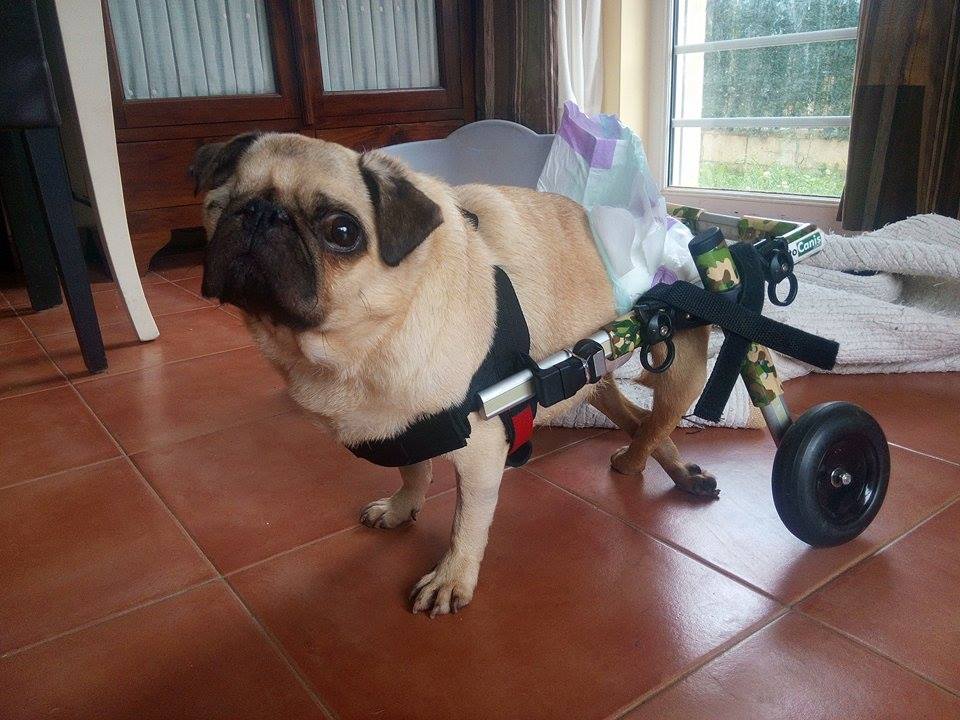
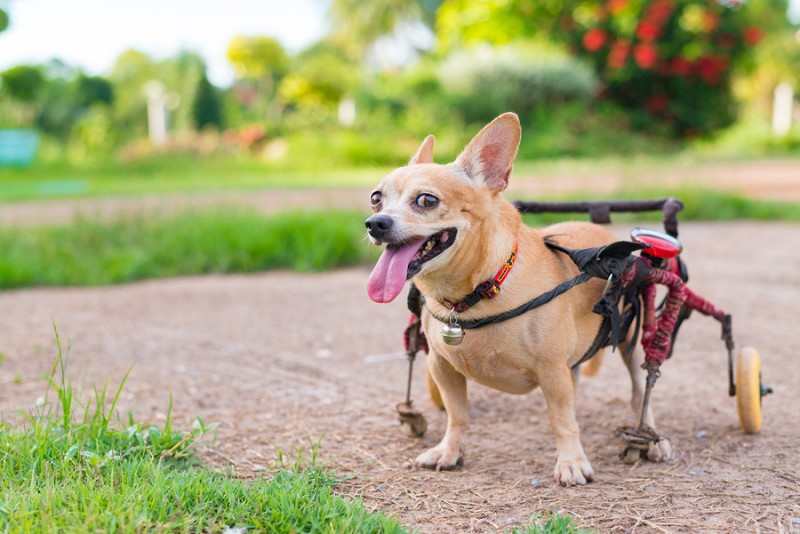
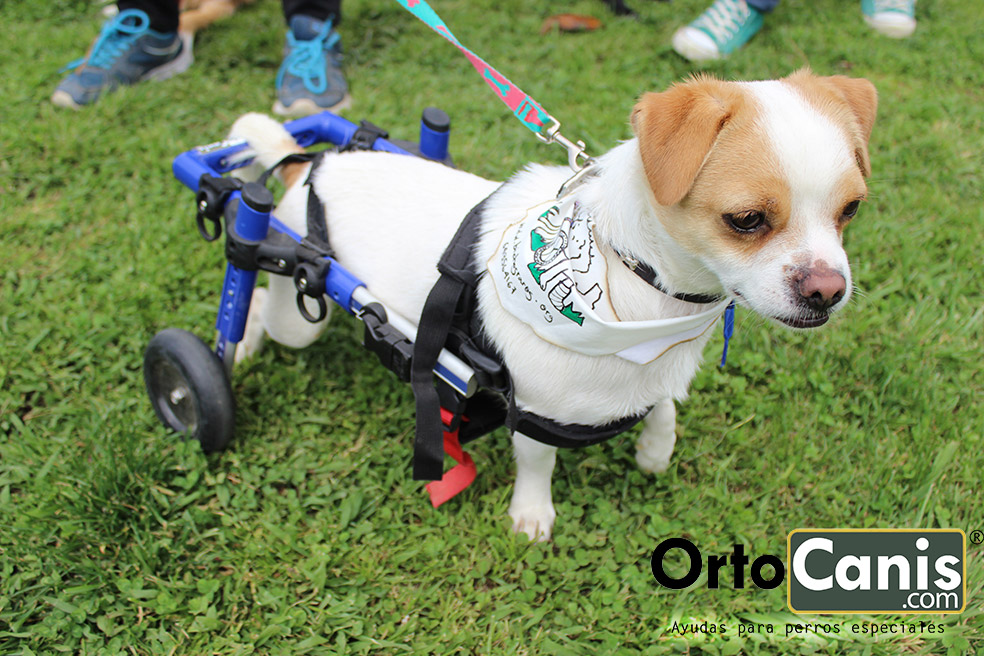
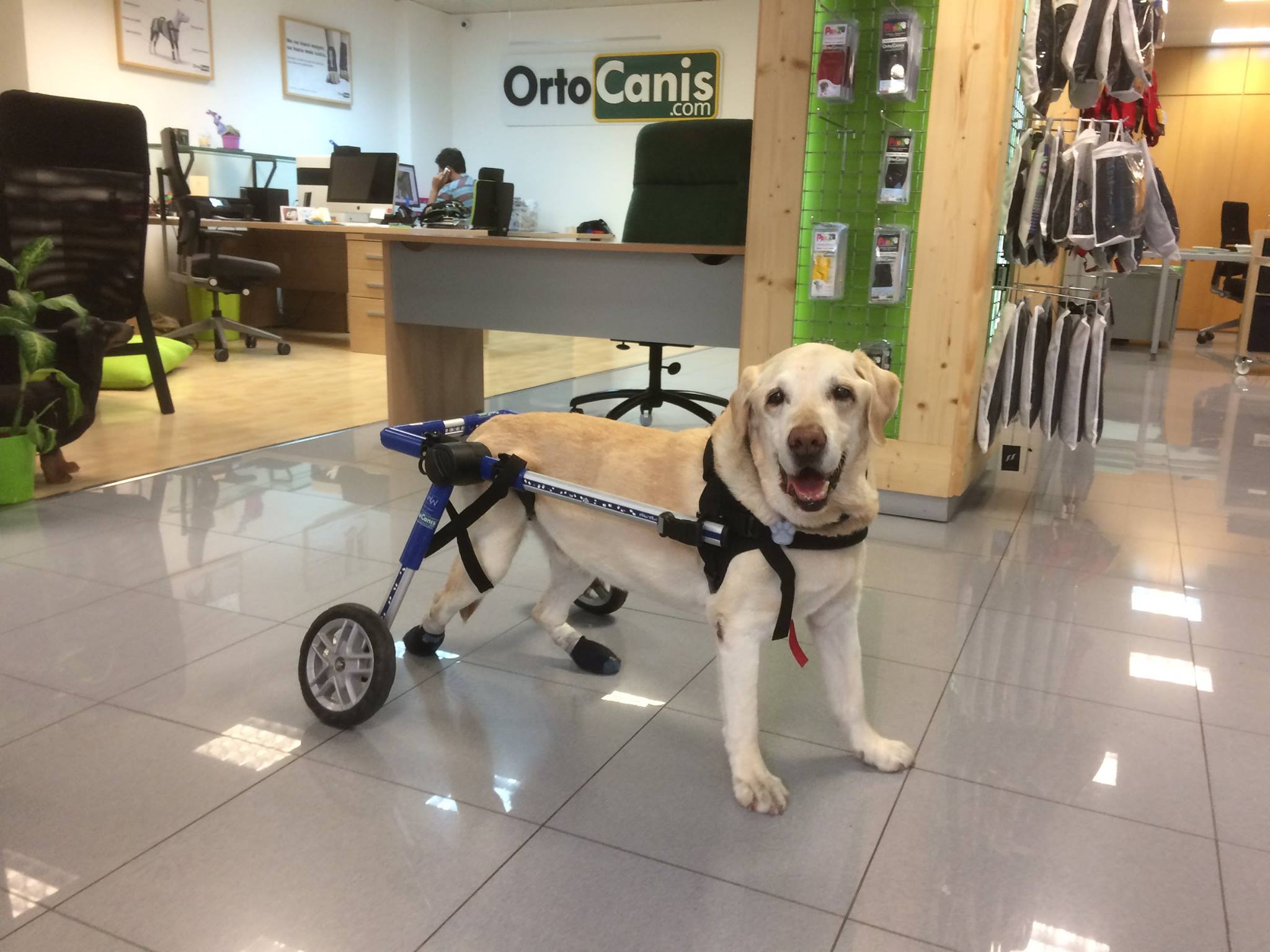
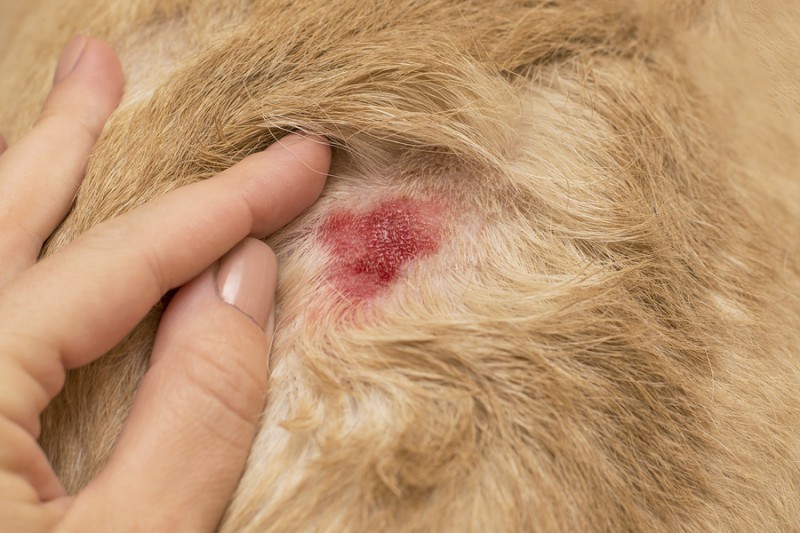




Leave a Reply
Want to join the discussion?Feel free to contribute!